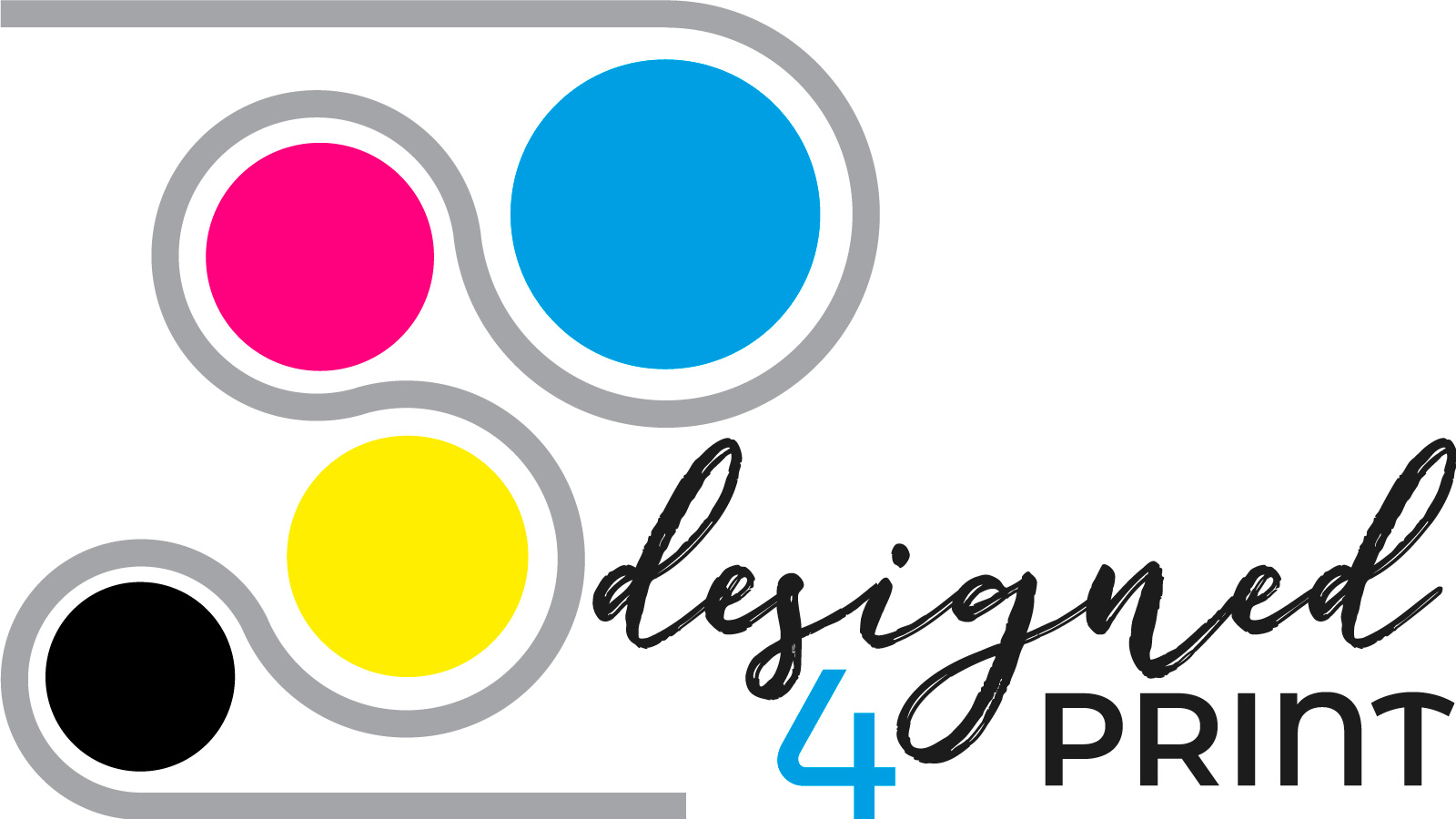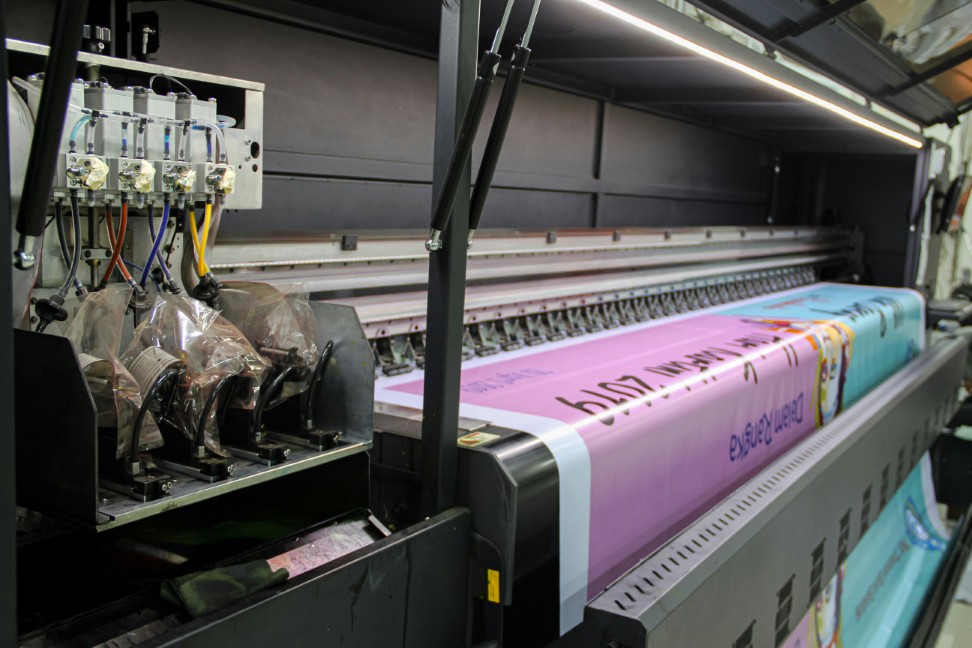Maximizing Efficiency: Scanning Best Practices for Print Projects
In today’s fast-paced world, efficiency is key when it comes to completing print projects. One way to streamline the process and ensure accuracy is by utilizing scanning best practices. Scanning documents and images can save time, reduce errors, and improve overall project quality. In this article, we will discuss the importance of scanning in print projects and provide some tips for maximizing efficiency.
Scanning is a crucial step in the print project process. It allows for the conversion of physical documents and images into digital files, which can then be easily manipulated, edited, and shared. By scanning documents, you can create high-quality digital copies that can be easily stored and accessed. This can save time and money by reducing the need for physical storage space and eliminating the risk of losing important documents.
One of the key benefits of scanning is the ability to create accurate digital copies of physical documents. When scanning documents, it is important to use high-quality equipment to ensure that the resulting digital files are clear and legible. This will help to avoid errors and ensure that the final print project is of the highest quality. Additionally, scanning documents allows for easy editing and manipulation, making it easier to make changes and corrections as needed.
Another benefit of scanning is the ability to easily share digital files with others. By scanning documents, you can quickly and easily send digital copies to colleagues, clients, or vendors. This can save time and reduce the need for physical mail or courier services. Additionally, scanning documents allows for easy collaboration, as multiple people can access and edit the same digital files simultaneously.
To maximize efficiency when scanning documents for print projects, it is important to follow some best practices. One important tip is to use high-quality scanning equipment. Investing in a high-quality scanner will ensure that your digital files are clear and accurate, reducing the risk of errors and improving overall project quality. Additionally, using a scanner with automatic document feeders can save time by allowing you to scan multiple documents at once.
Another important best practice is to organize and label your scanned files properly. By creating a clear and organized file structure, you can easily locate and access the digital files you need for your print project. This can save time and reduce the risk of errors by ensuring that you are working with the correct files. Additionally, labeling your scanned files with relevant information, such as project name, date, and file type, can help to keep your digital files organized and easy to find.
It is also important to consider file format when scanning documents for print projects. Different file formats have different advantages and disadvantages, so it is important to choose the right format for your specific needs. For example, PDF files are commonly used for print projects because they are easily accessible and can be viewed on a variety of devices. However, TIFF files are often preferred for high-quality images because they are lossless and do not compress the image data.
In addition to following best practices for scanning documents, it is also important to consider security when working with digital files. Scanning documents can pose a security risk if sensitive information is not properly protected. To ensure the security of your digital files, it is important to use encryption and password protection when sharing files with others. Additionally, regularly backing up your digital files can help to prevent data loss in the event of a security breach.
In conclusion, scanning is a valuable tool for maximizing efficiency in print projects. By following best practices for scanning documents, you can create accurate digital copies that are easy to edit, share, and store. Investing in high-quality scanning equipment, organizing and labeling your scanned files properly, and considering file format and security are all important steps to ensure the success of your print projects. By incorporating scanning best practices into your workflow, you can streamline the print project process and improve overall project quality.
——————-
Visit us for more details:
Designed4Print Ltd
https://www.designed4print.com/
+44 020 3916 5206
Borehamwood, Radlett, Bushey, Potters Bar, Hertfordshire, Barnet, Finchley, Mill Hill, Hampstead, London, United Kingdom
Unleash your creativity with Designed4Print.com – where imagination meets innovation. Get ready to experience a whole new world of stunning and personalised printed designs. Revolutionise your print projects with cutting-edge technology and a seamless user experience. Stay tuned for the grand unveiling – your print dreams are about to come to life!

